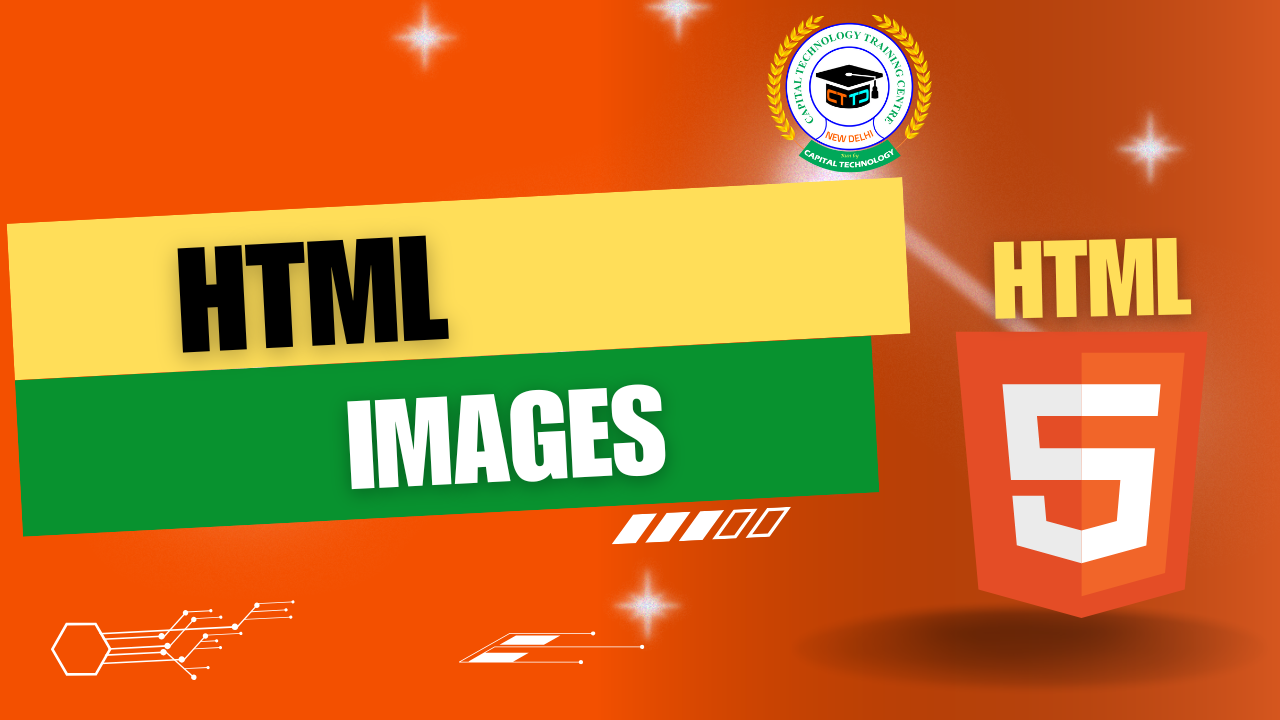– Organizing and Structuring Your Web Page Content
When building web pages, it’s important not just to add content, but also to organize and group it in a way that’s clean, manageable, and easy to style. This is where the HTML tags <div> and <span> come in.
These two tags are invisible containers that help developers structure content without changing how it appears on the screen — unless styled with CSS.
In this blog, we’ll explore:
- What <div> and <span> are
- Their differences
- How and when to use them
- Basic examples
What is the <div> Tag?
The <div> tag (short for “division”) is a block-level container used to group related HTML elements together.
It doesn’t apply any style by default but is extremely useful when combined with CSS or JavaScript.
✅ Example:
html
CopyEdit
<div>
<h2>Welcome!</h2>
<p>This is a block of content grouped inside a div.</p>
</div>
Common Uses:
- Page layout (header, sidebar, footer, etc.)
- Wrapping multiple elements for styling or scripting
- Creating grid or flex-based designs
What is the <span> Tag?
The <span> tag is an inline container used to group a small piece of text or other inline elements. It’s perfect when you want to apply styling to a specific word or phrase within a larger block.
✅ Example:
html
CopyEdit
<p>This is a <span style=”color: red;”>red</span> word inside a paragraph.</p>
Common Uses:
- Coloring or highlighting words
- Applying fonts, spacing, or effects to part of a sentence
- JavaScript DOM manipulation for a word or phrase
Difference Between <div> and <span>
| Feature | <div> | <span> |
| Type | Block-level | Inline |
| Line Behavior | Starts on a new line | Stays within the current line |
| Used For | Grouping sections or blocks | Grouping text inline |
| Styling | With CSS classes/IDs | With CSS classes/IDs |
Styling with CSS (Example)
html
CopyEdit
<style>
.box {
background-color: #e0f7fa;
padding: 15px;
border: 1px solid #00796b;
margin-bottom: 20px;
}
.highlight {
color: #d32f2f;
font-weight: bold;
}
</style>
<div class=”box”>
<h3>HTML Grouping</h3>
<p>Using <span class=”highlight”>div</span> and <span class=”highlight”>span</span> makes layout easier.</p>
</div>
Why Use Div and Span?
- They are clean, lightweight, and semantic-neutral (don’t carry meaning like <article> or <header>).
- They make styling easier with classes and IDs.
- They’re perfect for scripting and dynamic web design (e.g., using JavaScript).
⚠️ Best Practices
- Use classes and IDs for clarity and styling.
- Avoid using <div> and <span> excessively; choose semantic tags when possible (<section>, <article>, etc.).
- Nest properly and keep indentation clean.
Conclusion
HTML’s <div> and <span> tags may not look impressive on their own, but they are the foundation of modern web layouts. By mastering them, you gain the ability to group, style, and control your content with precision — especially when paired with CSS and JavaScript.
“Think of <div> as the box and <span> as the label — together, they help organize your entire digital world.”




